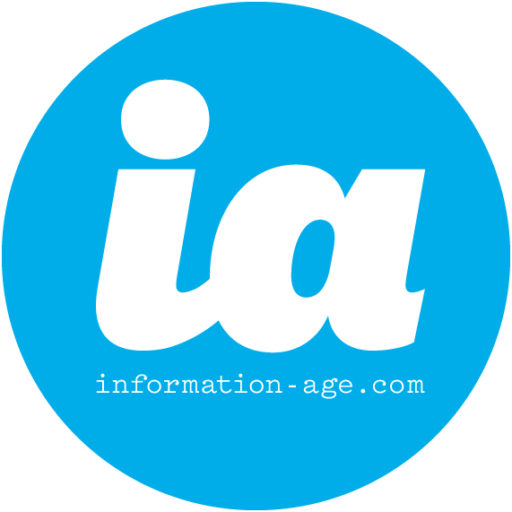Go Ape is an outdoor adventure company that offers tree climbing, mountain biking and even segway riding experiences in 27 forest locations across the UK. Aside from a small central office in Suffolk, most of the company’s business takes place under – or in – the forest canopy.
When they founded the company in 2001, husband and wife team Tristram and Rebecca Mayhew used to run it themselves from the forest sites. But since the company has grown to reach £11 million in annual turnover, and today it employs 500 staff.
According to operations director Jan Beattie, this means management by intuition is no longer appropriate.
“Previously, we would be on site, interacting with customers and staff on a regular basis,” she says. “If we had a gut feeling about something, it was based on experience, and those gut feelings were generally right.”
“Now the directors are removed from the sites, we have to support our gut feelings with evidence and data,” she says. “We need information, and not just information from one site, but from all 27.”
Meanwhile, the way in which employees input data into Go Ape’s management systems has also come under strain.
To allow employees to file health and safety reports and customer feedback forms, Go Ape had to install PCs in cabins at each location, but this was far from ideal. Making sure the ramps, pulleys and planks were in a safe condition, for example, required one employee with a walkie-talkie to perform the checks and another to input the data into the PC – an unnecessary burden on employees’ time.
Information reinvention
These issues prompted Go Ape to redesign its data input and analysis infrastructure over the course of the last few years. It began in 2009, when the company started to look for a business intelligence system that would allow directors to access vital management data.
At first, Go Ape assumed that it would need to build a data warehouse to support the BI system. But it eventually came across QlikView, whose in-memory BI technology does not require a separate data warehose – it pulls data from individual systems and Excel spreadsheets into memory as and when it is needed.
The company deployed QlikView in 2010, and directors now use a web-based portal to access reports on health and safety, customer services and more besides.
To accelerate data entry, last year the company armed its outdoor employees with Apple’s iPod Touch devices, which can run apps and connect to the web. Staff use a data collection app called iForm. When the iPod moves within range of a WiFi access point, the data is uploaded to a cloud-based iForm server, from where it can be downloaded to Excel, and subsequently pulled into QlikView.
Pulling operational data together into QlikView reports allows company directors to monitor and manage performance across the organisation.
“For example, we record how fast our zip lines are running – five tests a week on each zip line,” explains Beattie. “We pull that information in to see which sites are faster or slower – both can be dangerous. If there’s a zip line we’re not happy with, we don’t wait until someone’s broken a leg, we go out there and check it.”
It also means directors can investigate current practices and examine future possibilities without going through employees. Having to do this previously would often raise employees’ suspicions and speculation about the directors’ intention would run riot, Beattie says. “Before you knew it, there would be rumours that we were going to offer bungee jumping off Mount Everest.”
Furthermore, drawing information together from multiple sources elucidates issues they would not known to have looked for, she says. “Sometimes you don’t know that you should be looking at certain information until you see it in context. Pulling data together helps you see the links and prepare a better strategy.“







